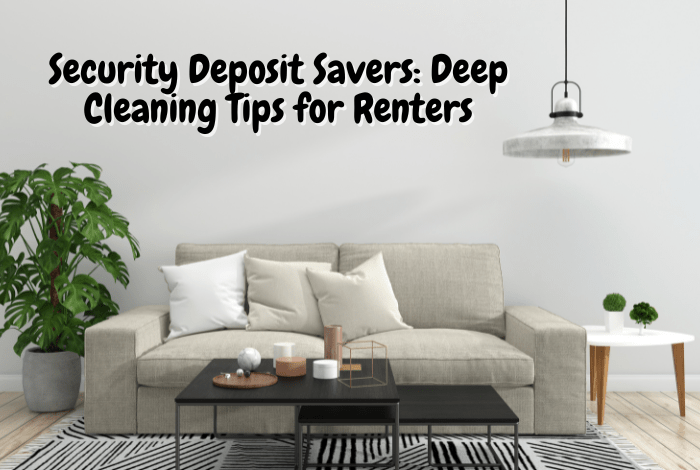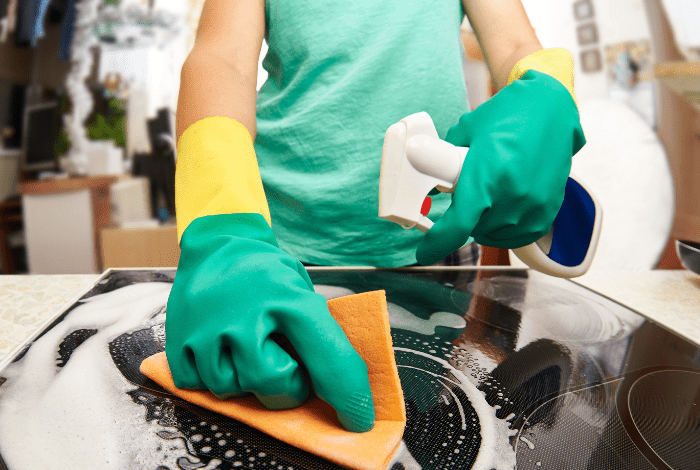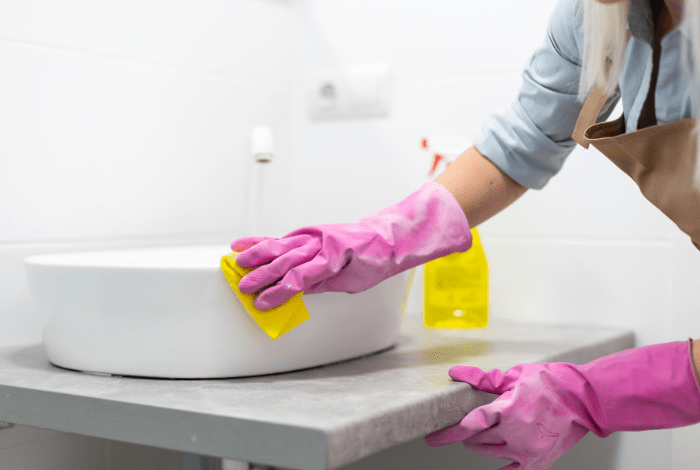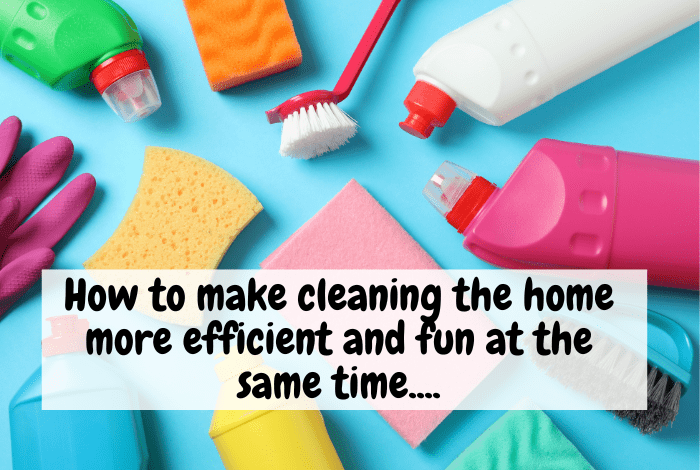For renters, leaving a property in pristine condition is crucial to ensuring the return of your security deposit. Landlords often require a deep clean before they will release the deposit, making thorough cleaning a top priority as your lease ends.

Properly addressing this task can prevent disputes and additional charges, which can be a significant financial burden. This article provides deep cleaning tips specifically tailored for renters, aimed at helping you leave your rental property spotless. By following these guidelines, you can maximise your chances of getting your full security deposit back and leave the property in excellent condition for the next tenant.
Planning and Preparation
Proper planning is essential before starting the deep cleaning process, especially when aiming to recover your security deposit. Begin by creating a comprehensive cleaning checklist that covers every room and task. This ensures you won’t miss any crucial areas. Gather all necessary cleaning supplies, including cleaning agents, brushes, cloths, and gloves. Having everything on hand saves time and helps maintain momentum during the cleaning process. If you’re in need of assistance, consider hiring professional services for end of tenancy cleaning in London to ensure a thorough and efficient job. With a well-organised approach, you can tackle each cleaning task systematically and effectively.

Kitchen Deep Cleaning
The kitchen is often one of the dirtiest areas in a home, so thorough cleaning is essential. Start with the appliances: clean the oven using a specialised oven cleaner to remove baked-on grease and grime. For the refrigerator, empty all contents, and scrub the shelves and drawers with warm soapy water. Defrost if necessary. The microwave can be cleaned by heating a bowl of water and lemon juice to loosen food splatters, then wiping it down. For the dishwasher, run an empty cycle with a cup of vinegar to remove buildup.
Next, scrub countertops and backsplashes with a disinfectant cleaner, ensuring all food residues and stains are removed. Pay special attention to grout lines if you have tiled backsplashes. Clean the cabinets inside and out, removing crumbs and dust from shelves and wiping down the doors.
Maintain clean sinks and drains by scrubbing the sink basin with baking soda and vinegar, which helps to remove stains and odours. Use a drain cleaner or a mixture of baking soda and hot water to keep drains clear of clogs. Regularly rinse and wipe down the sink to prevent buildup and ensure it remains spotless.

Bathroom Deep Cleaning
In the bathroom, thorough cleaning and disinfecting are crucial. Start with the toilet: use a toilet cleaner to scrub the bowl, paying attention to the under-rim area, and wipe down the exterior with a disinfectant. For the sink and bathtub/shower, use a bathroom cleaner to remove soap scum and limescale. Pay particular attention to the tiles and fixtures, using a descaling agent if necessary.
Clean mirrors and glass surfaces with a glass cleaner to remove water spots and streaks. Use a microfibre cloth for a lint-free finish. For mould-free bathroom surfaces, spray a mixture of vinegar and water on affected areas and let it sit before scrubbing. This natural solution helps to kill mould spores and prevent regrowth.
To maintain a clean bathroom, regularly wipe down surfaces and use a squeegee on shower walls after each use to reduce moisture buildup. Ensure the bathroom is well-ventilated to prevent mould and mildew from forming, and consider using a bathroom fan or dehumidifier.
Living Areas and Bedrooms
In living areas and bedrooms, start by dusting and wiping down all surfaces, including furniture, shelves, and light fixtures. Use a damp cloth or a microfibre duster to capture dust without spreading it around. Pay special attention to areas that often get overlooked, such as the tops of door frames and under furniture.
Vacuum carpets and rugs thoroughly, making several passes to ensure all dirt and dust are removed. For hard floors, vacuum and then mop with an appropriate cleaner. Clean windows and window sills with a glass cleaner, ensuring a streak-free finish.
To remove stains from walls and floors, use a mild detergent or a specialised cleaner. For stubborn stains, a paste of baking soda and water can be effective. Test a small area first to ensure it doesn’t damage the surface. Regular dusting and cleaning will help maintain a fresh and inviting living space.
Floors and Carpets
Floors and carpets require regular attention to stay clean and presentable. Start by sweeping or vacuuming all floors to remove loose dirt and debris. For hard floors, mop with a suitable cleaner for the floor type, whether tile, wood, or vinyl. Ensure to clean baseboards and skirting boards with a damp cloth to remove dust and grime.
Deep clean carpets and rugs by renting a carpet cleaner or hiring a professional service. This removes deep-seated dirt and allergens that regular vacuuming can’t reach. For stains, use a carpet stain remover and follow the manufacturer’s instructions.
To maintain clean and stain-free floors, implement a no-shoes policy indoors and use rugs or mats in high-traffic areas. Regularly vacuum and mop, and promptly address spills to prevent stains from setting in. This proactive approach will keep your floors looking their best and extend their lifespan.
Final Touches
After completing the deep cleaning, conduct a final inspection to ensure no areas have been overlooked. Check every room, including closets and storage spaces, for cleanliness. Air out the property by opening windows to let in fresh air, which helps eliminate any lingering cleaning product odours. Add finishing touches such as air fresheners to create a pleasant scent and replace any burnt-out light bulbs to brighten the space. Lastly, make sure all personal items are removed, leaving the property clean and empty for the next tenant.
Conclusion
Deep cleaning is crucial for renters aiming to secure the return of their security deposit. By following this comprehensive guide, you can leave your rental property in pristine condition, reducing the risk of deposit deductions for cleanliness issues. Regular maintenance and thorough cleaning can make a significant difference in the condition of your rental at the end of your tenancy. For those who need extra help, professional cleaning services are available to ensure a thorough and efficient job. Taking these steps will not only please your landlord but also give you peace of mind as you move to your next home.
Don’t miss out on future posts like this – receive updates directly to your inbox by email by adding your email address here and hitting subscribe. You can also follow me on Twitter or BlogLovin and I’d love to see you over on my Facebook page and on Instagram. If you’re interested, you can find out more about me here and while I’ve got your attention, if you’re wondering why some of my posts lately are a little bit less frugal then have a read of this post. 😉 This is a collaborative post.
Do your future self a favour – Pin this post for later.








